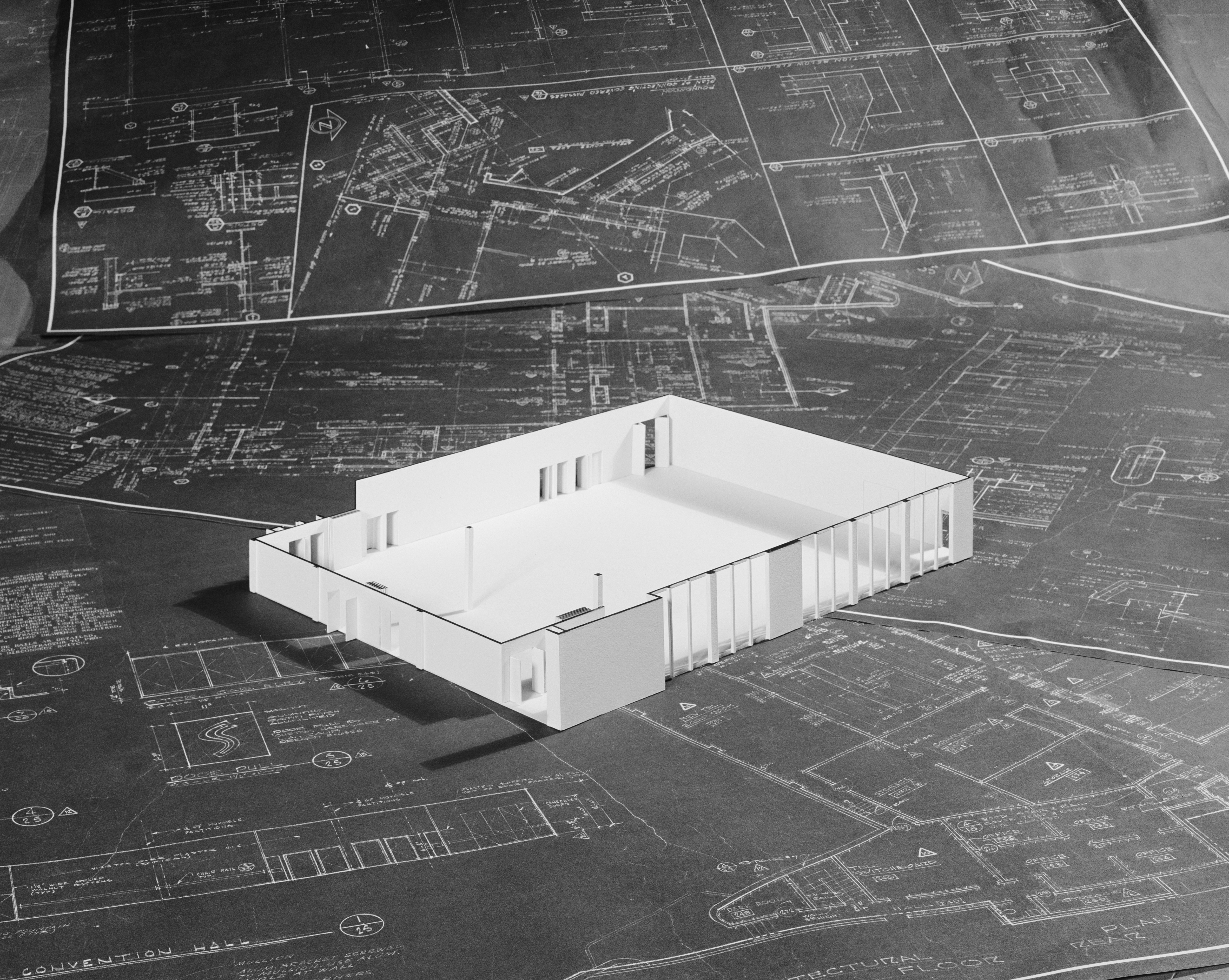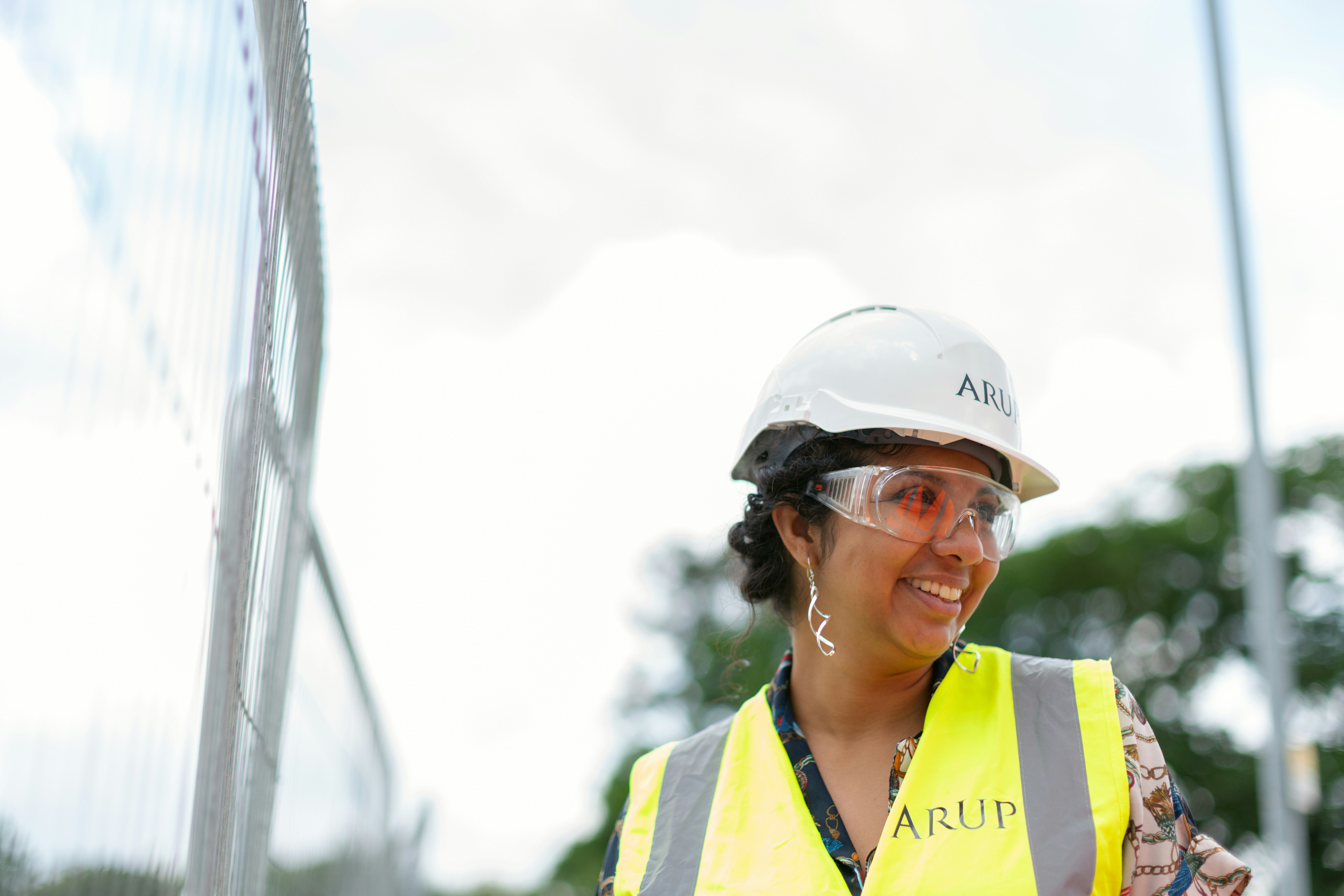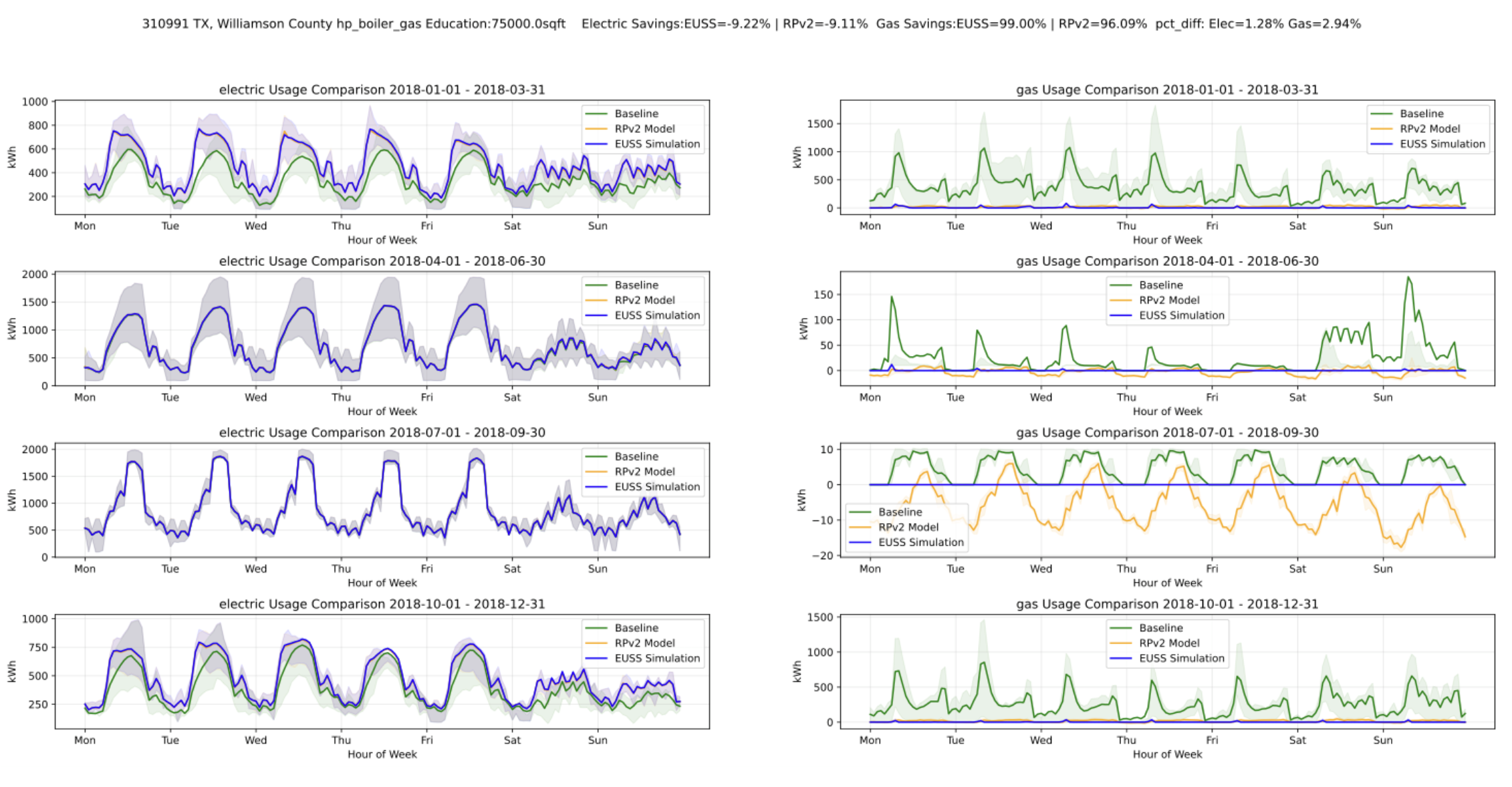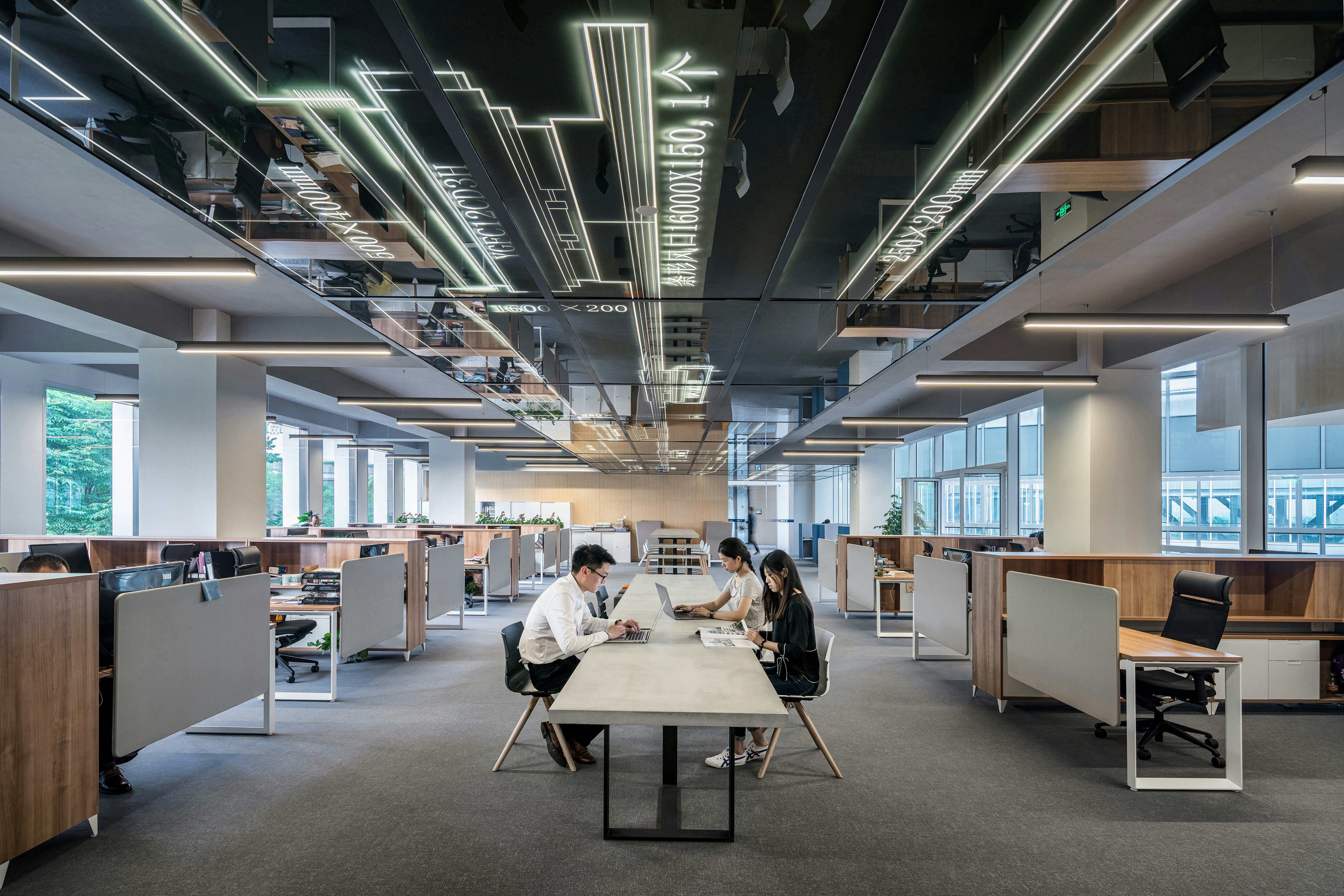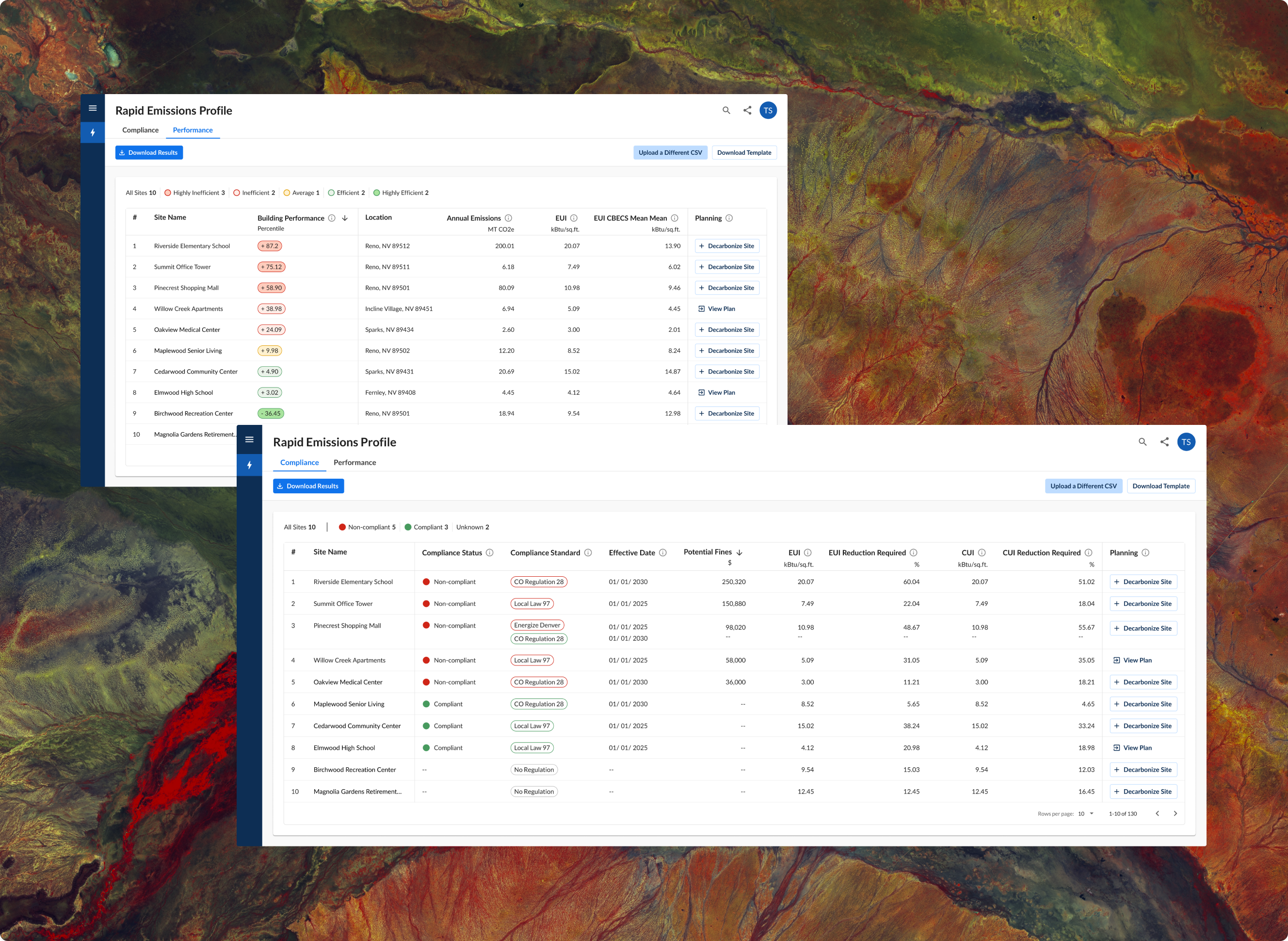In the retrofit world, precision isn’t a nice-to-have. For decades, architecture and engineering (A&E) firms have built trusted forecasting models rooted in deep technical rigor, site-specific assessments, and finely tuned simulations. That diligence has long been the gold standard.
But as the market shifts toward faster decarbonization targets, growing regulatory complexity, and increasing demand for energy performance those same firms are being asked to deliver more insights, more quickly, and often across a wider swath of building types and sizes. This challenge isn’t about shortcomings in engineering but capacity.
To help address this need, a new class of tools is emerging, built not to replace the engineer’s role, but to support and scale it. At NZero, our AI-powered Retrofit Forecasting tool aims to do exactly that: replicate early-stage energy modeling with remarkable speed and accuracy, freeing up valuable time and resources for the deeper work firms already do best.
The Bottleneck: Time, Not Talent
The traditional retrofit forecasting process can take a week or more of skilled engineering time to qualify a single opportunity. That’s time well spent, but it’s not always scalable. In a competitive landscape where more than 50% of early-stage audits never move forward, firms are often left with a backlog of prospects they can’t afford to pursue.
These aren’t bad prospects; they’re just uneconomical under current workflows. This is especially true in the small-to-midsize commercial segment, where acquisition costs often outweigh potential project value. The result is a market left underserved, not because the buildings lack potential, but because the economics don’t work.

